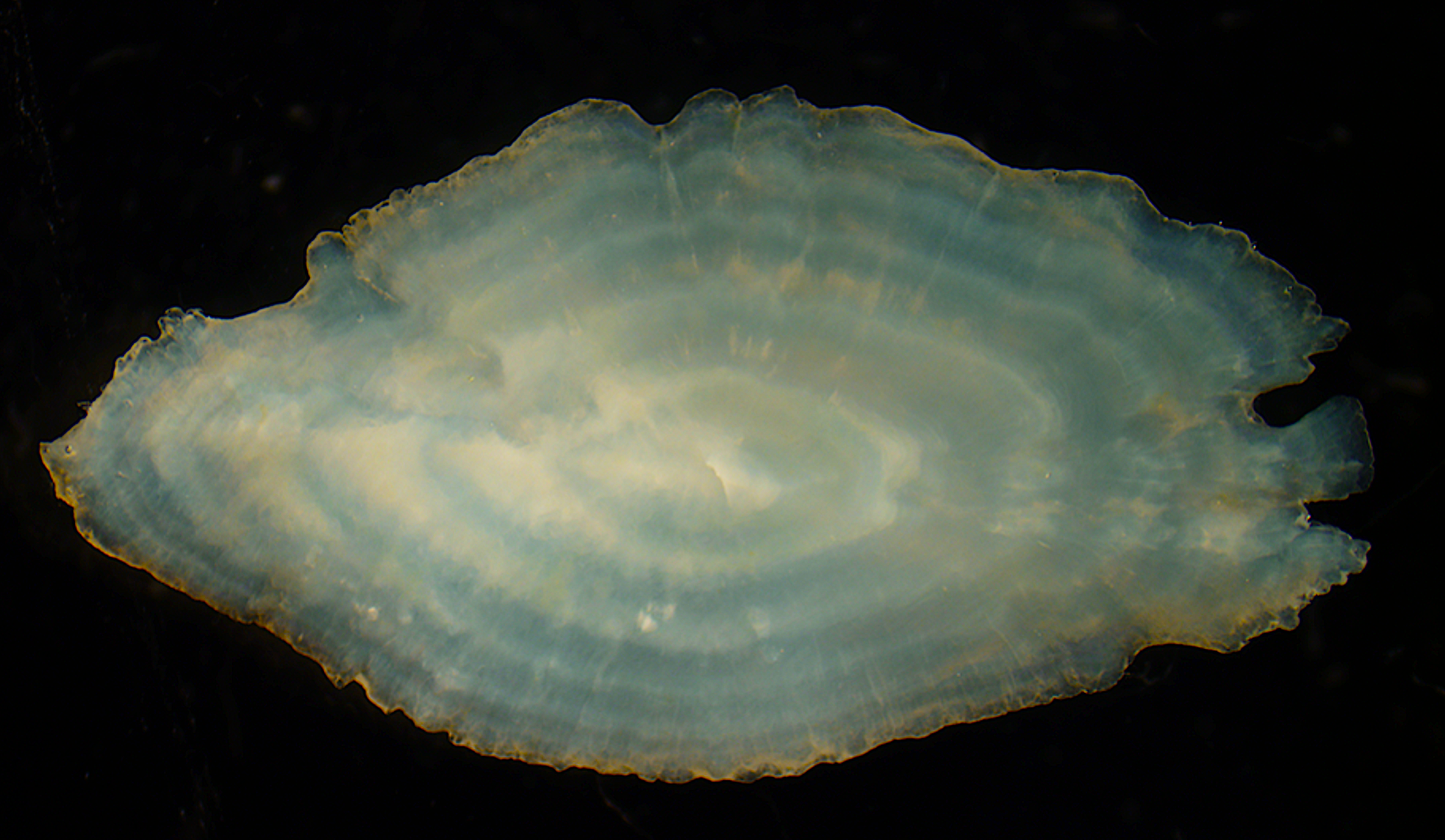Are killer whales swimming off the North Carolina coast?

Sightings of orcas are extremely rare, and most occur in two seasons.
A killer whale, also known as an orca, was spotted off the coast of Kitty Hawk, North Carolina, back in mid-March. This was the first sighting in five years of a killer whale in the area, renewing interest into the complex — and largely unknown — migration patterns of the species.
Research Need
The killer whale, which actually is a dolphin, inhabits a wide range of waters worldwide, in all oceans, from the Arctic to Antarctic. However, it is rarely found in the North Atlantic, especially off the coast of the U.S. Southeast.
Because it is easily recognized from ships and boats offshore, does the fact that there are so few observations in North Atlantic waters, especially in recent decades, indicate any issues related to the population of the species or its prey?
What did they study?
A large team of scientists from NOAA, the University of Miami, and the Center for Scientific Research and Higher Education at Ensenada wanted to develop a comprehensive picture of killer whale ecology in subtropical waters in the Gulf of Mexico and off the Southeast coast.
They analyzed data from 1990 to 2021 from intermittent marine mammal surveys, as well as other sources. These included stranding reports and public sightings — both those reported to fishery managers and those on the internet that were verifiable — to assess the seasonality and geographic scale of killer whale habitat use. The research team also looked at the killer whales’ physical characteristics, social structure, and predatory behavior.
What did they find?
In the Southeast, there were a total of 24 killer whale sightings, primarily off the North Carolina coast, as well as adjacent to the east coast of Florida. Most killer whale sightings (80%) were from winter and spring (December-February and March-May).
Killer whales in the Southeast appear to prefer deeper waters, aggregating in depths spanning 650 to 6,500 feet, along the edge of the shallow part of the North American continent that extends out from the coastline (the Continental Shelf) and on the slope down to the seafloor.
Like other killer whales around the world, the Southeast’s killer whales are highly social. Most live in groups (“pods”) of four to six whales.
The team noted that observers reported Gulf of Mexico killer whales feeding on marine mammals and those off Southeast feeding on tuna. Observers also said many of the killer whales in the Gulf of Mexico had cookie-cutter shark scars, while noting no scars on the Southeast’s killer whales.
Anything else?
Over the past century, people have documented very few killer whale strandings in the Gulf of Mexico and Southeast. From 1912 through 2023, there were only 10 such reports — with a mere four in the Southeast.
So what?
Killer whales are broken up into what we call ecotypes; each type looks different, uses different habitat, and eats different things.
Killer whales do not appear to inhabit, to much extent, the shallower Continental Shelf waters (330-660 feet deep) in the Gulf of Mexico and Southeast regions. This contrasts with other groups of killer whales around the world where pods spend a significant amount of time in shallow waters hunting for food during high tide. For both the Gulf of Mexico and Southeast, there is an abundance of potential prey, both marine mammals and other species, in shallower waters; yet; they do not appear to hunt there.
Clearly, there is much more to learn about all aspects of killer whale biology in the Gulf of Mexico and Southeast, as well as in the tropics in general. Directed killer whale studies in these areas would be extremely difficult and inefficient to conduct, because killer whale sightings are far from shore and infrequent. This is why continuous monitoring of killer whale populations by leveraging other marine mammal surveys and data collection is essential to track changes in the size and health of the species.
There’s also a need to build a more robust and wide-ranging dataset about killer whales. Long-term photo-identification studies could track individual killer whales and their social interactions, and collecting genetic samples, such as skin tissue, can provide valuable information about population structure, migration patterns, and potential threats to the species.
Reading
Barry, KP, Mullin, KD, Maze-Foley, K, Wilcox Talbot, LA, Rosel, PE, Soldevilla, MS, Dias, LA, Ramirez-Leon, MR, and Litz, JA. (2024) Killer whales in the Gulf of Mexico and North Atlantic off the Southeastern United States. Frontiers in Marine Science. 11:1460314. doi: 10.3389/fmars.2024.1460314
Sighting data were collected during ship and aerial surveys funded by the National Oceanic and Atmospheric Administration (NOAA) Fisheries (U.S. Department of Commerce) and the Bureau of Ocean Energy Management (U.S. Department of Interior). This research was carried out, in part, under the auspices of the Cooperative Institute for Marine and Atmospheric Studies, a partnership between the University of Miami and NOAA via cooperative agreement no. NA20OAR4320472.
Lead photo by NOAA.
The text from Hook, Line & Science is available to reprint and republish at no cost, but only in its entirety and with this attribution: Hook, Line & Science, courtesy of Scott Baker and Sara Mirabilio, North Carolina Sea Grant.




